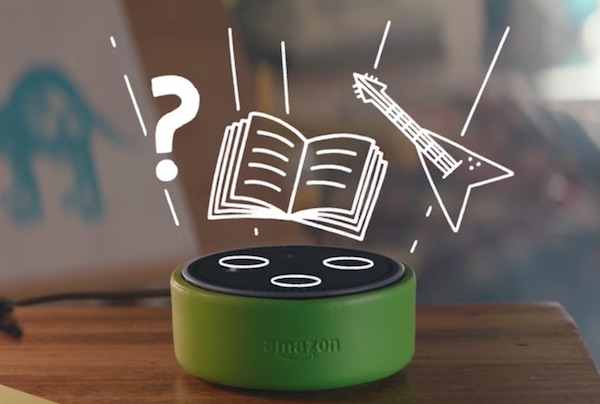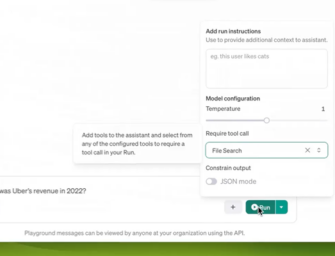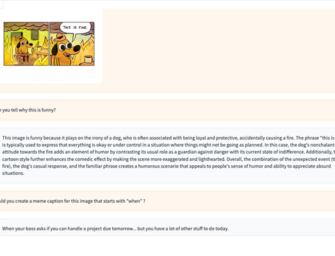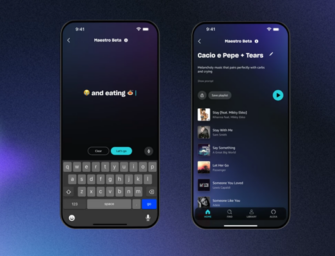Amazon Echo Dot for Kids Edition and Free Time Unlimited Are More Important Than You Think
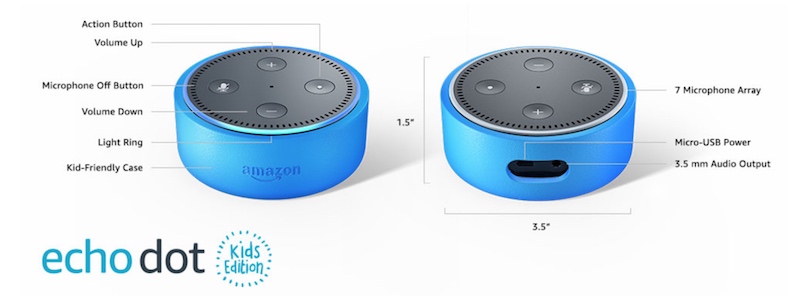
This past week Amazon announced two new programs that are part of its Alexa for kids strategy. At $79.99, the Amazon Echo Dot Kids Edition is 60% more expensive than the $49.99 list price for the standard Echo Dot. It comes with more colorful base options such as blue, green and red that are listed as “kid-friendly” cases that presumably reduce the risk of damage along with brightening the Echo Dot’s presence in the home.
However, the 60% premium is not based on the cosmetic differences. There are parental controls that enable the device to be locked and its usage tracked. And, the big added feature is that it will include one year of Amazon’s kid-customized entertainment package, Free Time Unlimited. That service includes access to age-appropriate books, music, television shows, movies, apps and games and is $83 per year for Prime Members. The Echo Dot Kids edition is a way to capitalize on Alexa’s popularity and broad feature set in order to drive more household interaction as well as sign up new users for its kid entertainment package. There is a lot of upside for Amazon if the strategy is successful.
It’s About Bundling and Building Loyalty
The added features of Free Time Unlimited and parental controls also differentiates Echo considerably from Google Home. Amazon and Google are quickly copying features and both face a risk of looking undifferentiated to buyers in the 87% of U.S. households without a smart speaker. The Free Time entertainment bundle makes the Alexa experience seem very different for families. That should help drive sales to families purchasing their first smart speaker.
In addition, Kids Edition offers another reason for households to purchase more devices. You might have an Echo Show in the kitchen and Echo 2nd generation in the living room and even an Echo Spot on your nightstand, but is there a need to have an Echo Dot in each child’s room? The intercom broadcast and drop-in features are useful, but a kids-oriented entertainment package that offers some controls on Alexa usage provides added motivation for purchasing a couple of more devices.
Finally, there is always the risk that low-cost devices will be replaced by a competitor’s product that offers a interesting new feature or service. One way to combat that is to raise switching costs by embedding proprietary services into your product that users must surrender if they switch to a competing product. The value-added services are a way to enhance consumer loyalty. In this instance, it is also a tool to introduce Free Time Unlimited to a new set of prospective buyers that may renew the next year.
Developing the Next Generation of Alexa Users?
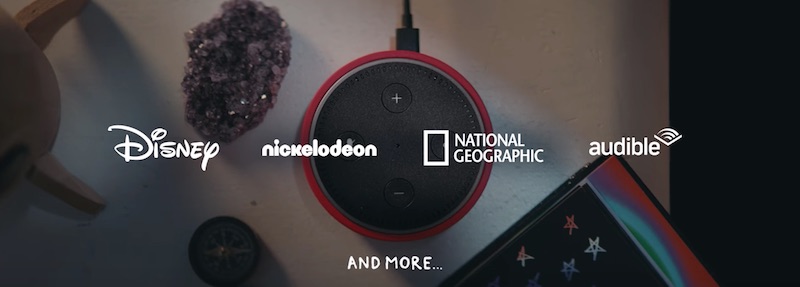
There is also the benefit for Amazon of developing Alexa familiarity among children that may decide they want their first smartphone to have Alexa onboard and develop lifelong loyalty to Amazon. This could cut both ways as children often want to graduate beyond the items of their youth when they reach their teenage years. If Alexa is viewed as a toy for kids, the result could be an exodus to a competing product. However, the theory that Amazon is trying to lock-in the youth that will become the next generation of consumers with this program seems too simplistic. Amazon has many other ways to generate new consumer loyalty as children move into adulthood.
Echo Dot Kids Edition with Free Time Unlimited is not about the next decade, it is about the next year. Amazon is looking at how it can make Alexa a bigger part of everyday family life and more features for kids is a clear angle to take. If the kids are using Alexa-powered devices because of the Free Time Unlimited or other features, then it raises the likelihood that parents will favor the same brand and stick with the Amazon portfolio of products. Google’s own research showed that parents use smart speakers more frequently than non-parents and 72% of parents said they were likely to use the devices to make a purchase in the next month compared to only 51% of non-parents. So, here you have the Alexa for kids strategy in summary:
- Differentiate Echo and Alexa from competing products
- Create reasons to buy more Alexa-powered devices for the home
- Increase the perceived cost of switching to a competitor’s product
- Increase the likelihood that parents will favor Alexa as the default voice assistant for the home
- Use Alexa’s position in the home to sell more entertainment and shopping services
There is nothing nefarious about this strategy. It is all based on providing consumers will more value for adopting the Amazon ecosystem of products. Apple has done this expertly for years and Google has its own bundling approach with Android OS, Gmail, Google Calendar, YouTube and more recently Google Express. When you break it all down, the Alexa for kids strategy is just a new outpost of Amazon’s overall business strategy.
Amazon Alexa Features for Discovery, Context Maintenance and Memory Announced
Google Assistant is Still the Smartest Voice Assistant According to New Study
The Alexa Intercom Broadcast is a Really Easy and Useful Feature


